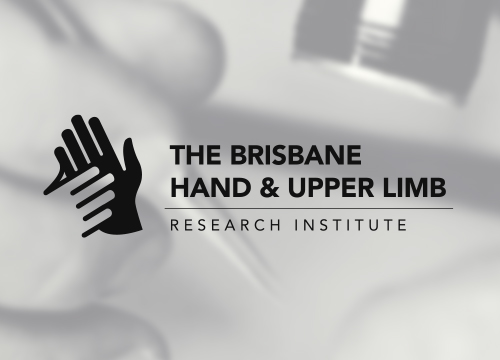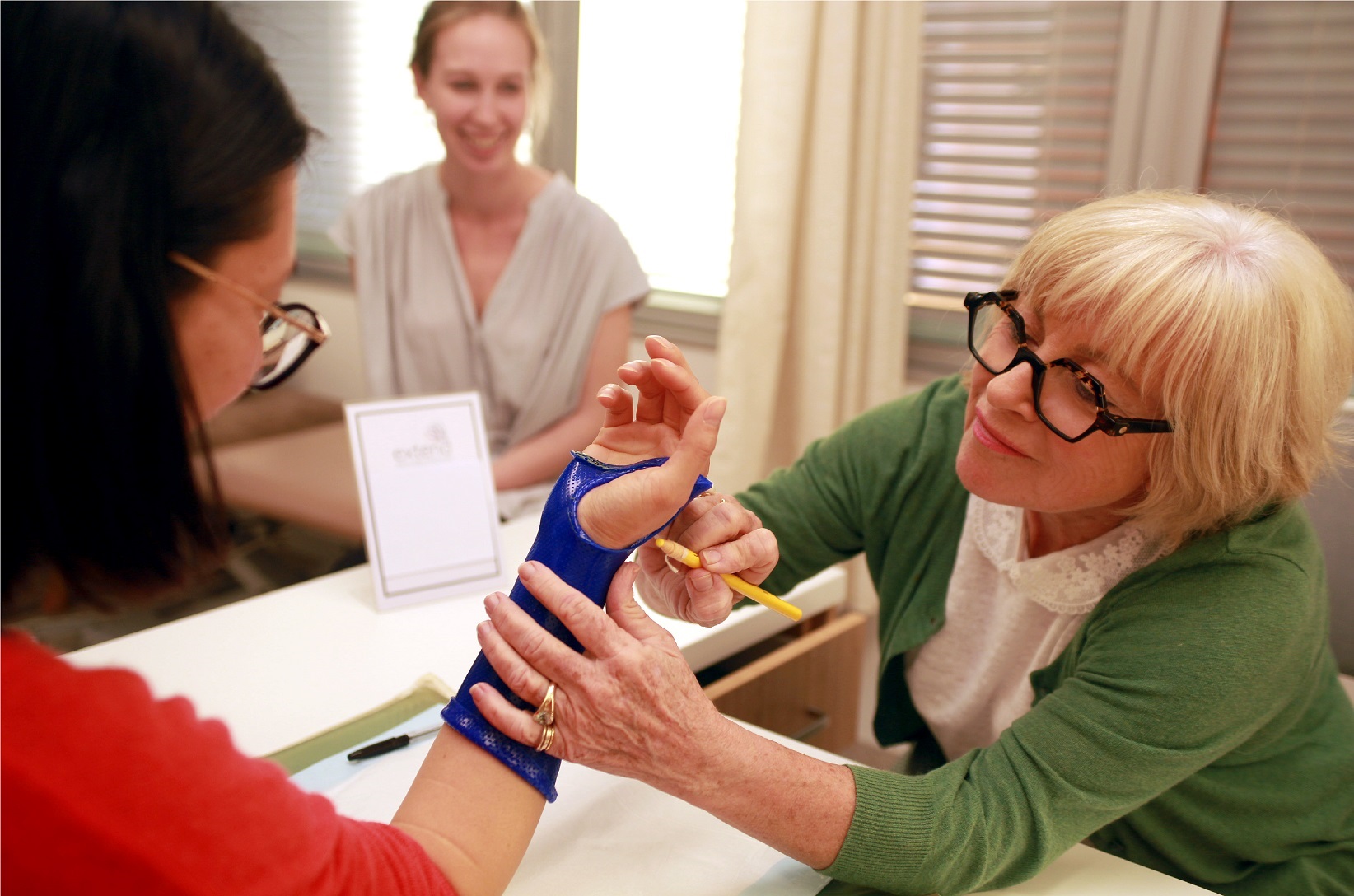Glasgow C, Tooth L, Flemming J, and Peters SE.
Journal of Hand Therapy 2011; 24(3):195-206.
DOI: 10.1016/j.jht.2011.03.001
Study Design: Prospective cohort.
Introduction: Many variables are believed to influence the success of dynamic splinting, yet their relationship with contracture resolution is unclear.
Purpose of the Study: To identify the predictors of outcome with dynamic splinting of the stiff hand after trauma.
Methods: Forty-six participants (56 joints) completed eight weeks of dynamic splinting, and the relationship between 13 clinical variables and outcome was explored.
Results: Improvement in passive range of motion, active range of motion (AROM), and torque range of motion averaged 21.88, 20.08, and 13.08 , respectively (average daily total end range time, 7.96 hours). Significant predictors included joint stiffness (modified Weeks Test), time since injury, diagnosis, and deficit (flexion/extension). For every degree change inROM on the modified Weeks Test, AROM improved 1.098 (standard error, 0.2). Test-retest reliability of the modified Weeks Test was high (intraclass correlation coefficient [2, 1] ¼ 0.78).
Conclusions: Better progress with dynamic splinting may be expected in joints with less pretreatment stiffness, shorter time since injury (12 weeks), and in flexion rather than extension deficits. Further research is needed to determine the accuracy with which the modified Weeks Test may predict contracture resolution.




